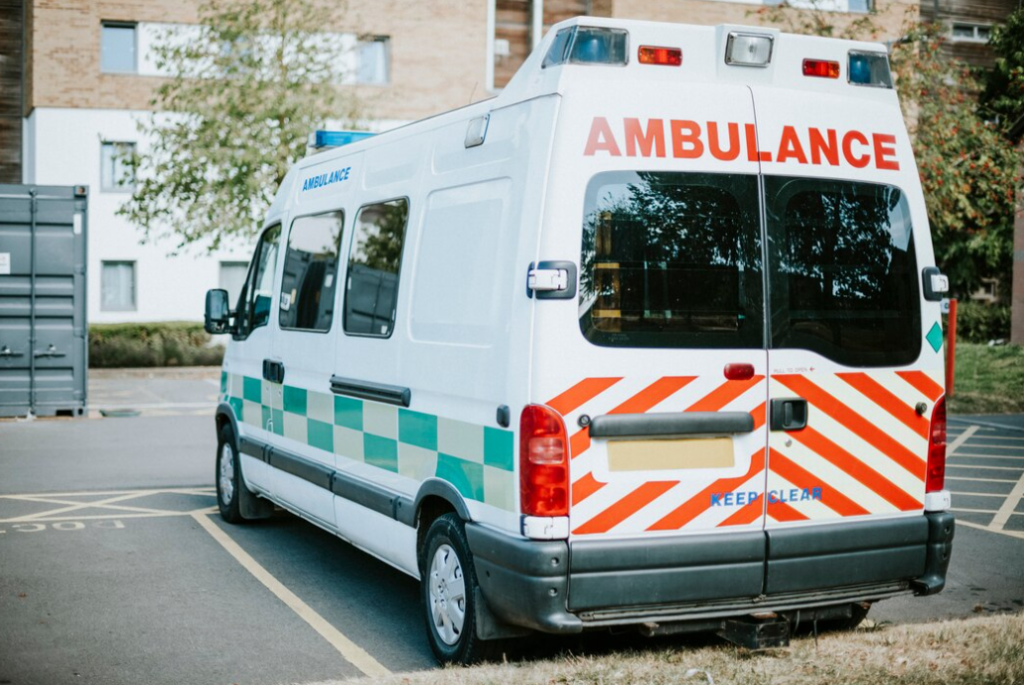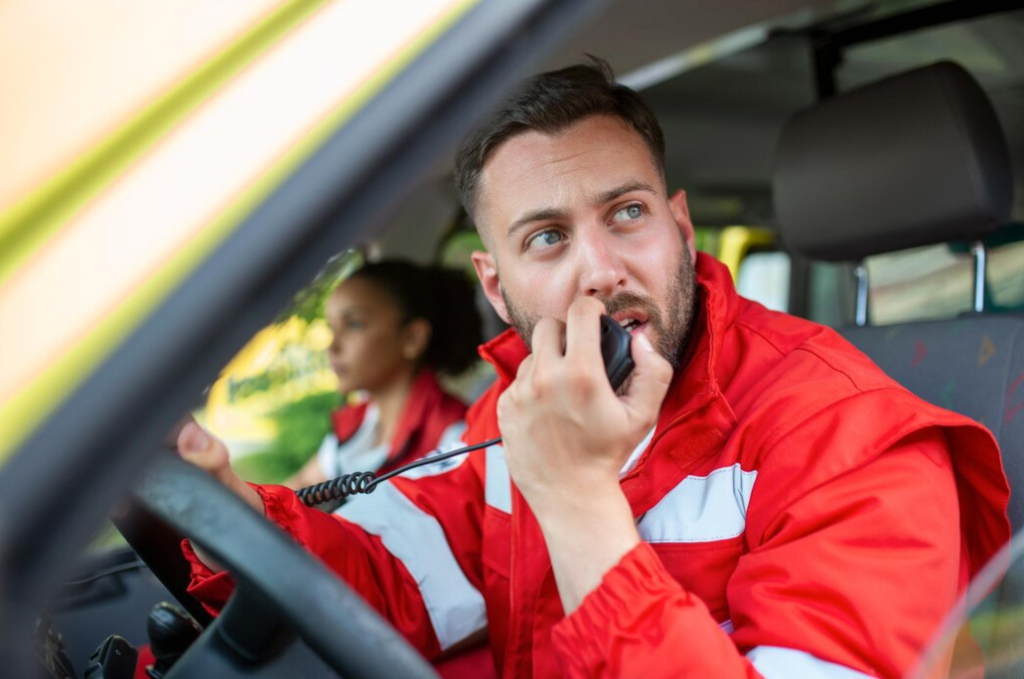It’s a common sight when an ambulance races through traffic, its sirens wailing and lights flashing, to respond to a medical emergency. What might be less familiar to some is the presence of a fire truck, with its firefighters in tow, right alongside the ambulance. Why is that? Why do fire trucks always accompany ambulances? In this article, we’ll explore the reasons behind this practice and how it benefits our communities in times of crisis.
Why Does the Fire Department Respond to Medical Emergencies
Annually, the Fire Department responds to approximately 16,000 service calls from its eight strategically located fire stations – six in Elk Grove and two in Galt. An impressive 70% of these calls pertain to Emergency Medical Services (EMS). In most EMS cases, a two-part response team is dispatched, consisting of both an ambulance and a fire engine or fire truck. The ambulance is staffed by two personnel, while the fire engine or fire truck carries at least three responders.
Should fire department units become unavailable due to ongoing service demands, the nearest fire department units, be it a neighboring fire department station or one of the surrounding regional fire agencies, are promptly dispatched, without regard to jurisdictional boundaries. This practice, long established in Sacramento County, underscores our unwavering commitment to prioritizing the health and safety of our community members.
Numerous EMS calls involve situations that necessitate more than a two-person ambulance crew. Therefore, we deploy a fire engine or fire truck alongside the ambulance. This is particularly crucial when patients are critically ill, unable to walk, or require assistance being transferred to our gurney. The additional personnel on the fire engine or truck ensure that the patient’s care needs are addressed promptly and safely.
In addition to the higher number of fire engines compared to ambulances within our jurisdiction, ambulances often transport patients to hospitals beyond the Department’s boundaries. Consequently, fire department engines and trucks are frequently closer to medical emergencies and can reach them more swiftly than ambulances returning from a prior call. Furthermore, given that medical emergencies can occur in hazardous environments, such as on highways or at crime scenes, a two-unit response guarantees a higher level of safety for patients, fire department personnel, and bystanders alike.

The Importance of Sufficient Staffing in Patient Care
When a 911 call is received, dispatchers often lack precise or comprehensive information. Consequently, emergency units are dispatched with a worst-case scenario approach. In order to ensure the highest quality of care, the LFD deploys the nearest fire engine, staffed with a minimum of three personnel, or squad, staffed with a minimum of two personnel. Williamson County EMS dispatches an ambulance staffed with two paramedics.
It’s important to note that no medical call can be considered “routine.” Most calls necessitate patient assessment, vital sign monitoring, oxygen therapy, and, at the very least, patient movement. In certain cases, EMS may need to establish an advanced airway, administer intravenous medications, or monitor cardiac conditions. All of these procedures are carried out more effectively when the appropriate level of assistance is available on the scene. The primary objective is efficient care delivery, as efficient care often determines the outcome between life and death.
Regrettably, emergency units have no way of predicting the circumstances they will encounter until they arrive on the scene. They operate in an environment characterized by constant uncertainty and risk, where they must be prepared to respond to the unknown in the interest of public safety.

- Adequate Staffing for Patient Care: One primary rationale involves ensuring sufficient personnel to provide comprehensive patient care. In our department, all firefighters are trained as paramedics. Ambulances have two firefighter/paramedics, while fire trucks/engines typically have three personnel. When a patient’s condition is critical, advanced life support (ALS) is often necessary, involving tasks such as starting IV fluids, cardiac rhythm monitoring, oxygen administration, medication delivery, CPR, and defibrillation. National standards recommend four personnel for ALS incidents.
- Assisting in Safe Patient Transportation: Another key factor for dispatching additional personnel from the fire truck/engine is ensuring the safe transport of the patient to the ambulance. Patients in need of ambulance services are often too unwell to move themselves and require transportation on a cot. This can be especially challenging if the patient is located on an upper floor or if there are steps outside the residence, necessitating more than two individuals to ensure a safe transfer.
- Back-Up for Busy Ambulances: The third rationale for dispatching a fire truck/engine to an ambulance call is when the closest available ambulance is already occupied and unavailable. Fire truck/engine personnel are also paramedics and equipped with the same ALS medical tools as ambulances, allowing them to initiate critical care procedures before the ambulance’s arrival, thus reducing response time in emergencies.
Conclusion
The practice of fire trucks accompanying ambulances to medical emergencies, though unusual to some, is a vital component of emergency medical services. Firefighters, often dual-trained as paramedics, guarantee comprehensive care, enhance safety during patient transport, and ultimately improve the efficiency and effectiveness of life-saving care. When you witness a fire truck alongside an ambulance, rest assured it’s all part of a coordinated effort to prioritize your safety during medical emergencies.